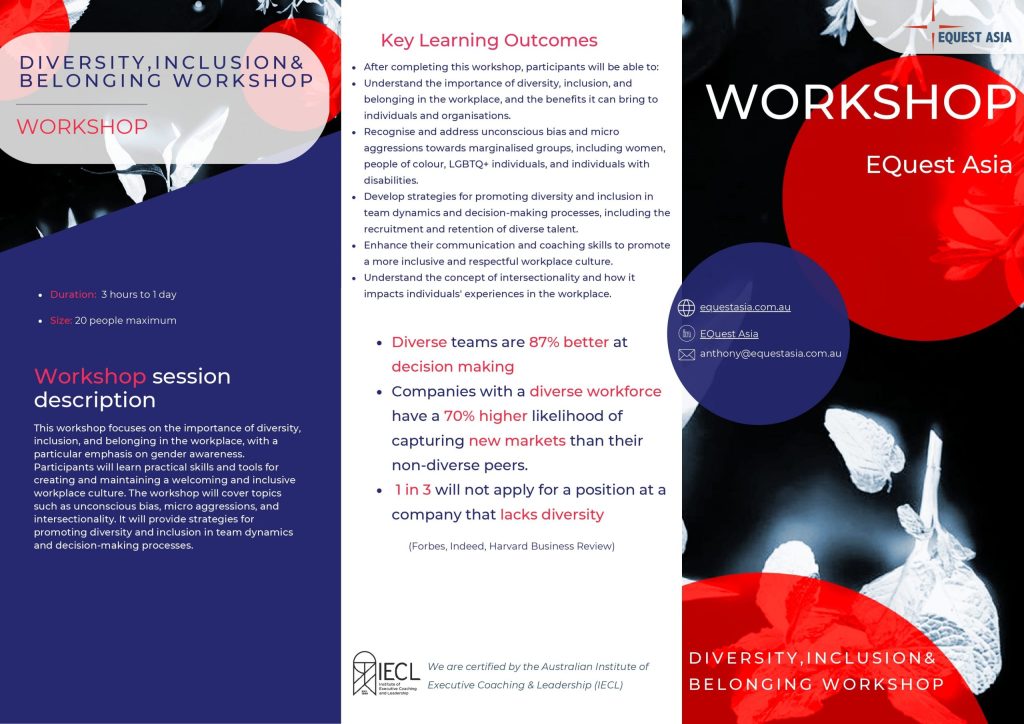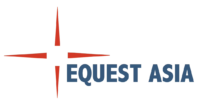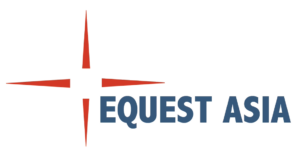
Time to read: 1-2 minutes.
Keywords: Neurodivergent people, diversity and inclusion, suitable employment, perspectives, neurodiversity, diversity of thought, competitive advantage, addressing the needs of a neurodiverse population
Summary: This blog explores the hidden strengths of neurodiverse individuals and how they can be a competitive advantage in the workplace. Through relatable scenarios, interesting facts, and practical tips, readers will gain insights into harnessing the unique abilities of neurodiverse individuals and promoting inclusivity in their organizations.
Author: Mylan Holland
Introduction: A Hypothetical Scenario
Imagine a bustling office environment, filled with individuals working diligently on various tasks. Among them is Linh, a highly intelligent and creative employee who thinks differently than her colleagues. Linh is neurodiverse, which means her brain functions differently from the neurotypical population. While she may struggle with certain aspects of communication and social interaction, Sarah possesses a remarkable ability to think outside the box, solve complex problems, and pay attention to detail.
Unleashing the Power of Neurodiversity
Neurodiversity refers to the natural variation in human brain function and includes conditions such as autism, ADHD, dyslexia, and more. Rather than viewing neurodiversity as a weakness or disability, it is important to recognize and appreciate the unique strengths that neurodiverse individuals bring to the table. Research has shown that neurodiverse individuals often possess exceptional abilities in areas such as pattern recognition, information processing, and innovation.
Facts and Figures
- According to a study published in the Journal of Autism and Developmental Disorders, individuals with autism excel in tasks requiring attention to detail and visual search capabilities.
- A study conducted by the Centre for Research in Autism and Education found that autistic individuals demonstrated superior performance in problem-solving tasks that required visual and spatial reasoning.
- Research published in the Journal of Learning Disabilities revealed that individuals with dyslexia display heightened creativity and innovative thinking.
Harnessing Neurodiverse Strengths in the Workplace
- Provide a supportive and inclusive environment: Foster a workplace culture that values diversity and promotes inclusivity. Encourage open communication, empathy, and understanding among all team members.
- Capitalize on individual strengths: Identify and leverage the unique talents and abilities of neurodiverse individuals. Assign tasks that align with their strengths, such as data analysis, quality control, or creative problem-solving.
- Offer flexible work arrangements: Neurodiverse individuals may benefit from flexible work hours or remote work options, allowing them to work in environments where they feel most comfortable and productive.
- Provide clear instructions and structure: Clear communication and well-defined expectations can help neurodiverse individuals navigate their tasks more effectively. Offering visual aids, checklists, or written instructions can be beneficial.
- Foster collaboration and teamwork: Encourage collaboration and teamwork among diverse team members. Neurodiverse individuals can offer fresh perspectives and innovative solutions when given the opportunity to work in a supportive team environment.
Unlocking the Competitive Advantage
Embracing neurodiversity in the workplace not only promotes a more diverse and inclusive and compassionate culture but also provides organizations with a significant competitive advantage. By tapping into the unique strengths of neurodiverse individuals, companies can enhance problem-solving capabilities, foster innovation, and drive creativity. Discover the power of neurodiversity and gain a competitive edge by reaching out to us for our Diversity, Inclusion, and Belonging training workshops today.

Join the Movement
To explore more insightful blogs, resources, and tools to enhance your leadership journey and promote inclusivity in the workplace, visit our website and follow us on LinkedIn, Instagram, Pinterest, and Facebook for the latest updates about our retreats, coaching, workshops, and training opportunities.



